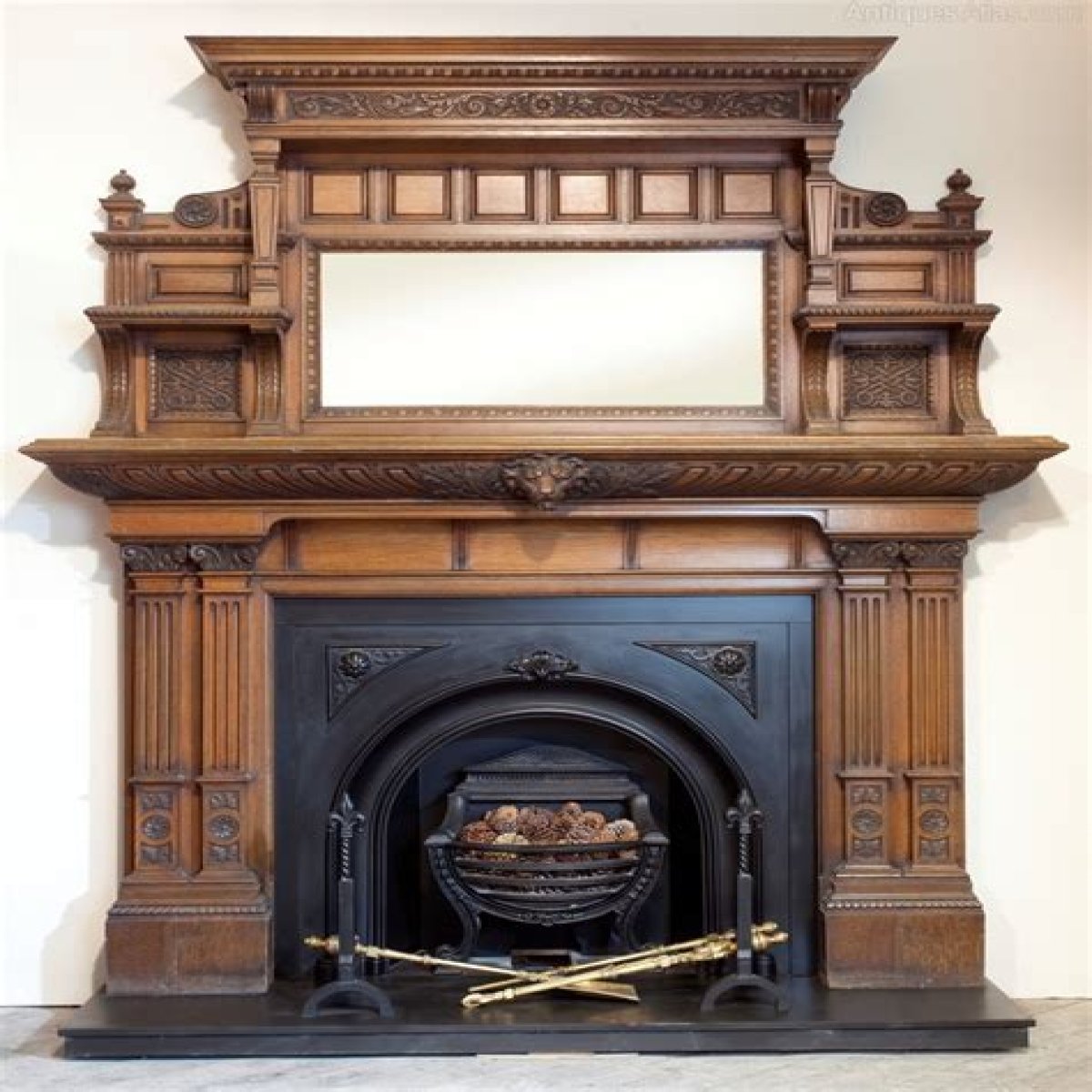- .box-4-multi-105{border:none !important;display:block !important;float:none;line-height:0px;margin-bottom:15px !important;margin-left:0px !important;margin-right:0px !important;margin-top:15px !important;max-width:100% !important;min-height:250px;min-width:250px;padding:0;text-align:center !important;}What are Victorian fireplace surrounds made of?
- What is the surround of a fireplace called?
- Is my Victorian fireplace original?
- Can I use my Victorian fireplace?
- How can I tell how old my fireplace is?
- What are parts of a fireplace called?
- Do you need a fireplace surround?
- What is the bottom piece of a fireplace called?
What are Victorian fireplace surrounds made of?
The Victorian era saw an increase in the number of houses being built to accommodate the growing population and a shift toward a more utilitarian mindset. The fireplaces of the Victorian era were typically made of marble, stone, or wood, and often featured an arched insert.
What is the surround of a fireplace called?
The mantel, legs, returns, and so on are collectively referred to as “the fireplace surround” informally. As a whole, a fireplace is comprised of its surrounding components. The firebox itself is the lone exception to this rule.
Is my Victorian fireplace original?
Exactly how do you know for sure that it’s not a copy? How can you tell? There are a few ways: Look at the screws on the back of the fireplace; if they’re new, that means the fireplace is new or at least some of it is. Look at the fine print: The finer details should be clearly visible on an original.
Can I use my Victorian fireplace?
My Victorian fireplace isn’t working. In order to use your Victorian fireplace, you’ll need to perform a few checks and possibly some repairs as outlined below to make sure it’s safe.
How can I tell how old my fireplace is?
Look for the nameplate that lists the manufacturer, model, and serial number in order to be sure. On the right side of the fireplace, behind the screen, you’ll typically find this nameplate. Alternatively, the grill at the bottom of the firebox could be the location.
What are parts of a fireplace called?
Do you need a fireplace surround?
However, the requirements for a fireplace surround must be in accordance with local and national codes and building regulations. What’s going on here? If there is no surround on a fireplace, it can look very sparse.
What is the bottom piece of a fireplace called?
In a fireplace, the hearth is the floor that serves as a safe place to start a fire. Generally composed of brick, stone or cement, the hearth extends beyond the firebox into the room providing a layer of protection for your home’s floor.
